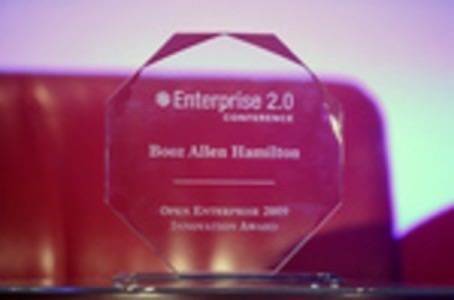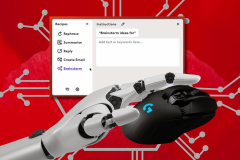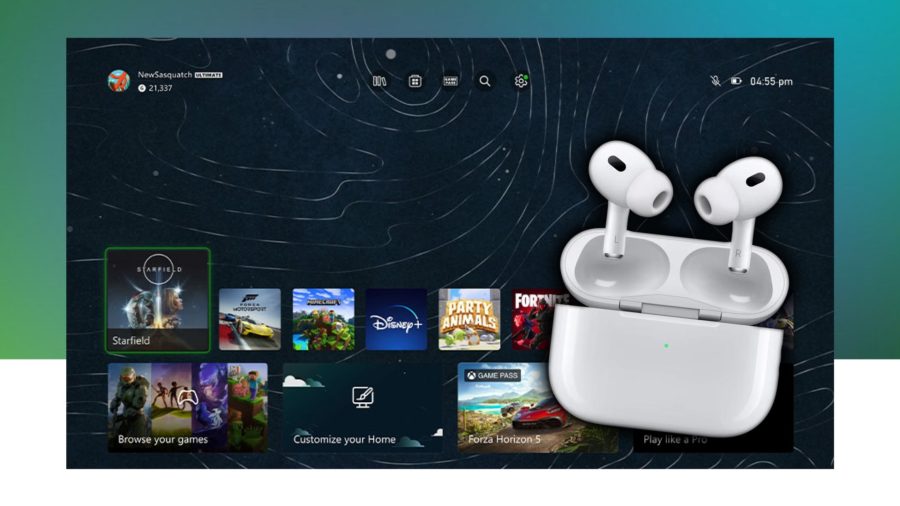On Tuesday, consulting firm Booz Allen Hamilton won the Open Enterprise Innovation Award at the 2009 Enterprise 2.0 Conference.

The portal that garnered them the accolade, hello.bah.com, has shown impressive adoption within Booz Allen, especially for a firm that’s 90 years old. Since being rolled out in August 2008, it’s been taken up for daily use by 40% of the 21,000-strong workforce, according to Walton Smith, who’s worked as an evangelist for it.
But by now, the flurry of activity around the conference has subsided, and many are left wondering just what about Booz Allen’s enterprise 2.0 initiative makes them innovative? What led their social software implementation to be successful, and what patterns and practices can we imitate? After taking a look, here are five characteristics that ReadWriteWeb feels were key to the success of hello.bah.com
1. Empower Evangelists

The first thing to note about Booz Allen Hamilton’s social software effort is that they didn’t go out to just buy something and deploy it, end of story. They pinpointed and effectively aided evangelists within their organization to be responsible for making hello.bah.com work.
Now, when many people think of an evangelist, they think of an individual or two that take up the mantle of enterprise 2.0 on an ad-hoc basis. But Booz Allen went about it in a much more directed way by bringing together a cross-functional team to develop and deploy the software.
2. Draw on Past Experience
The hello.bah.com portal was not the first time Booz Allen had made a push to collaborate better. The fact that they drew on past attempts to understand just how they should move forward was a essential factor in the outcome for hello.bah.
What Booz Allen did was make an honest assessment of their past successes and failures with SharePoint, Outlook, and a standalone wiki from Confluence. They clearly understood what didn’t work about their older methods of sharing information, but didn’t abandon the knowledge they’d captured through older collaborative tools.

3. Know Thyself
If rules were made to be broken, the real trick is having enough self-awareness as an organization to know when to discard the given wisdom.
Case in point? Numerous vendors, consultants and analysts are quick to distance enterprise 2.0 from its consumer web predecessors by discounting all networking that isn’t completely business-oriented.
But Booz Allen knew something critical about their firm that made them think differently in this case: with more than half of their distributed team out consulting in client offices and physically distanced from their coworkers, adding a dash of the personal to hello.bah could get everyone comfortable enough to collaborate more smoothly. So despite some objections, they encouraged everyone to tag their profiles with hobbies, in order to develop personal affinities within the team.

4. Create a One-stop Shop
Part of what stalled previous undertakings was that despite having good software like Confluence, their varied systems were segregated. Inadvertently constructing more silos out of multiple enterprise 2.0 platforms creates more problems than you ever had with just email and filesharing.
Now, you might depend on interoperability between your different software packages, but what really worked for Booz Allen was to create a true one-stop shop for information that included individual profiles, communities, forums, blogs, wikis, and social bookmarking.
5. Just Solve Problems for People
The down side to the growing popularity of the enterprise 2.0 concept is that we are now seeing organizations jumping on the bandwagon without any understanding of what increased collaboration will do for their business, often at the behest of overeager vendors.
But after a year of steady adoption, Booz Allen has countlessstories of how even somewhat mundane uses of the portal — such as putting whitepaper drafts in to the wiki — lead to serious professional boons for both individuals and the firm as a whole.
What led to these rewards was an unwavering focus on solving real problems for people within the firm, not aiming at the vague goal of boosting collaboration and openness.
Photos by Alex Dunne, leunix, Brian Hillegas, and swanksalot





















